WordPress is a leading website-building platform that powers millions of sites, from small blogs to large-scale business solutions. However, like any platform, it comes with its challenges. One common issue users may encounter is a distressing error message stating: “There has been a critical error on this website. Please check your site admin email inbox for instructions.”
Encountering the “There has been a critical error on this website” message can be alarming, but it’s not the end of the world. This issue is usually caused by plugin conflicts, theme errors, or insufficient resources, all of which can be fixed with the right troubleshooting steps. In this guide, we’ll walk you through the steps to resolve this critical WordPress error efficiently. Additionally, we’ll explain what triggers this issue and how to prevent it in the future.
What are WordPress Critical Errors?
A critical error in WordPress occurs when the platform fails to load essential scripts needed for proper functionality.

In the past, encountering this issue would result in either a fatal error message or the dreaded "white screen of death," leaving many beginners unsure of how to resolve it.
To assist users, WordPress now includes an automated detection system that identifies when a plugin or theme is responsible for the error. When this happens, an alert is sent to the admin's registered email address. If you don’t see it in your inbox, be sure to check your spam folder. The email provides details about the root cause, such as a malfunctioning plugin or theme, database corruption, or insufficient memory. It may also specify the exact line where the error occurred.
Additionally, the email includes a recovery link that allows access to your site in recovery mode. By clicking the link, you can log into your WordPress dashboard and troubleshoot the issue effectively.
What Causes the “There Has Been a Critical Error on This Website” Message?
This error typically occurs when a faulty plugin, script, or code prevents WordPress from running smoothly. If left unresolved, WordPress won’t be able to load the necessary files for proper functionality.
Another common cause is adding code snippets from online tutorials. If the code is incorrect, incompatible, or conflicts with an existing plugin or custom script, it can trigger a critical error.
Now, let’s go over the steps to fix this issue and restore your website’s functionality.
How to Resolve the “There Has Been a Critical Error on This Website” Message
Here are six effective solutions to fix this issue and restore your WordPress site.
1. Check Error Logs
WordPress logs PHP errors in a dedicated error log file, which can help identify the issue.
To access it:
- Use an FTP client and navigate to the public_html
- Locate the error_log
- Open the file and check the most recent error entry at the bottom to determine what caused the issue.
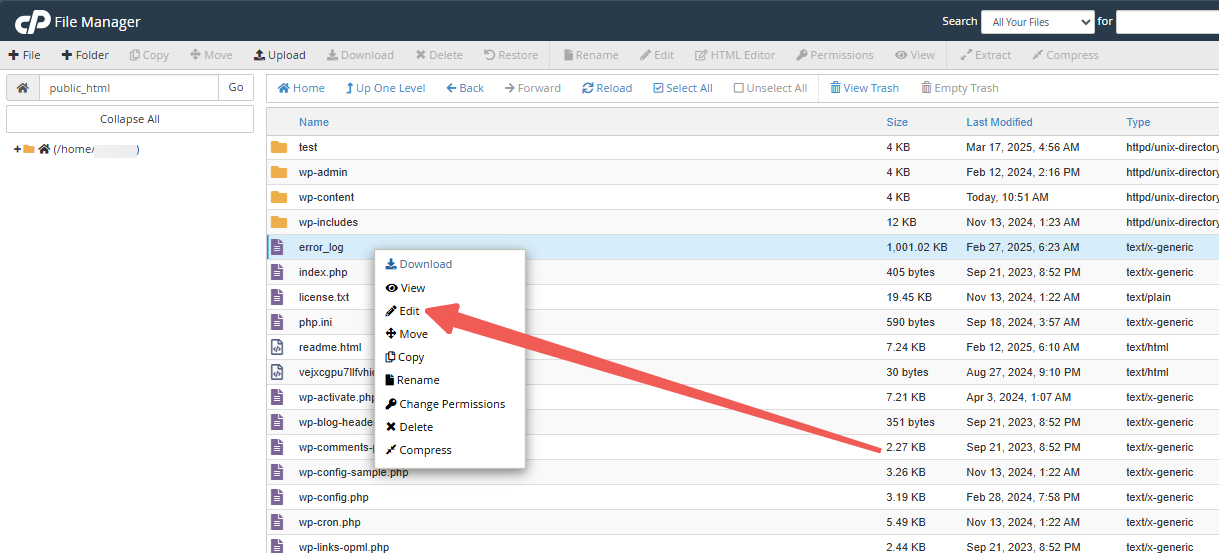
2. Enable Debug Mode in WordPress
WordPress has a built-in debugging feature that detects errors in themes, plugins, and core files.
To enable debug mode:
- Open your wp-config.php file (located in the public_html directory).
- Click View/Edit and add the following lines before the comment:
/* That’s all, stop editing! Happy publishing. */
define( 'WP_DEBUG', true );define( 'WP_DEBUG_DISPLAY', false );define( 'WP_DEBUG_LOG', true );
- Save and upload the file back to the server.
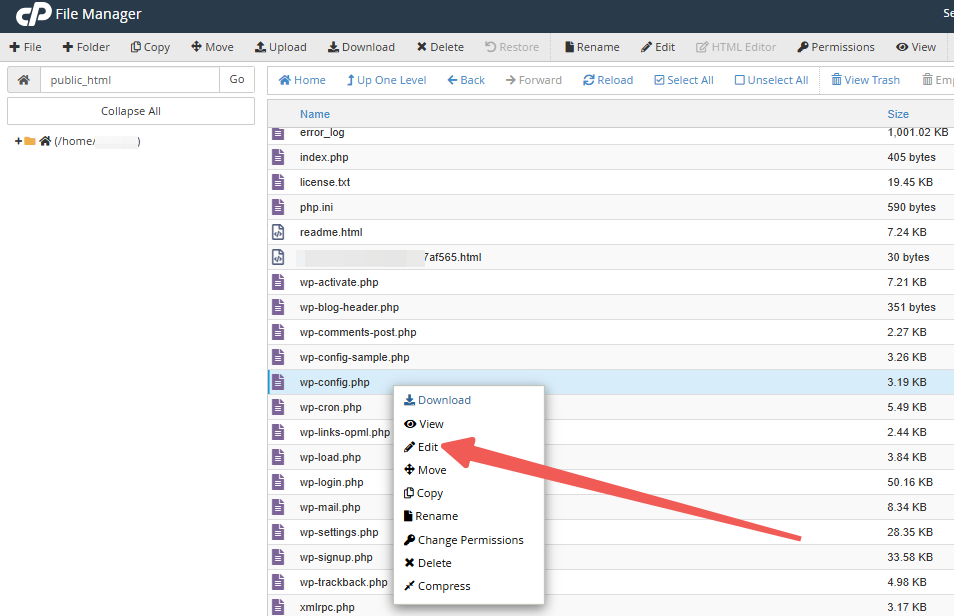
Once activated, WordPress will log errors in the wp-content/debug.log file, helping you pinpoint the problem.
3. Switch to a Default Theme
If the issue is theme-related, switching to a default WordPress theme can resolve it.
Follow these steps:
- Download a fresh copy of the Twenty Twenty-Four theme from the WordPress.org theme directory.
- Extract the theme file on your computer.
- Use an FTP client or File Manager to access your site’s /wp-content/themes/ directory.
- Back up all existing theme folders by downloading them to your computer.
- Delete all theme folders from your website.
- Upload the default theme folder you downloaded earlier.
Once the default theme is installed, check if the error is resolved. If it was caused by your previous theme, your site should now function correctly.

4. Deactivate All Plugins
Faulty plugins often cause critical errors in WordPress. If you have multiple plugins installed, identifying the problematic one may seem challenging. However, you can quickly pinpoint the culprit by disabling all plugins and then reactivating them individually.
Here’s how:
- Connect to your website via FTP or the File Manager in your hosting account.
- Navigate to the /wp-content/ directory.
- Find the plugins folder, right-click it, and choose Rename.
- Rename the folder to something like plugins.old.
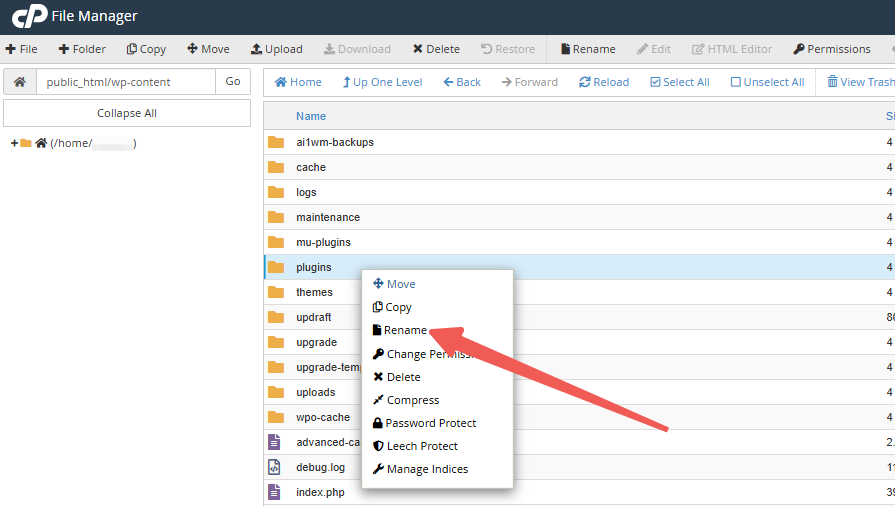
This action deactivates all plugins because WordPress won’t be able to locate the plugins folder. Now, check if the error is gone.
Note: If the issue is resolved, rename the folder back to plugins, then reactivate each plugin one at a time in the WordPress dashboard to identify the one causing the error.
5. Increase the PHP Memory Limit
A low PHP memory limit can trigger the critical error, especially if your theme or plugins require more resources than allocated.
To increase the memory limit:
- Access your site using File Manager and open the wp-config.php file.
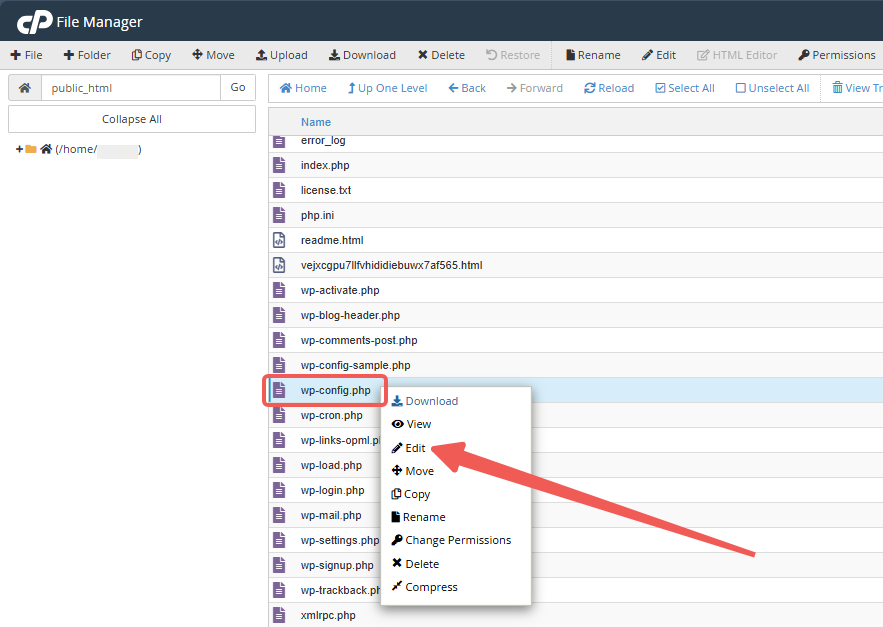
- Before the last line of code, add the following snippet:
define( 'WP_MEMORY_LIMIT', '512M' );
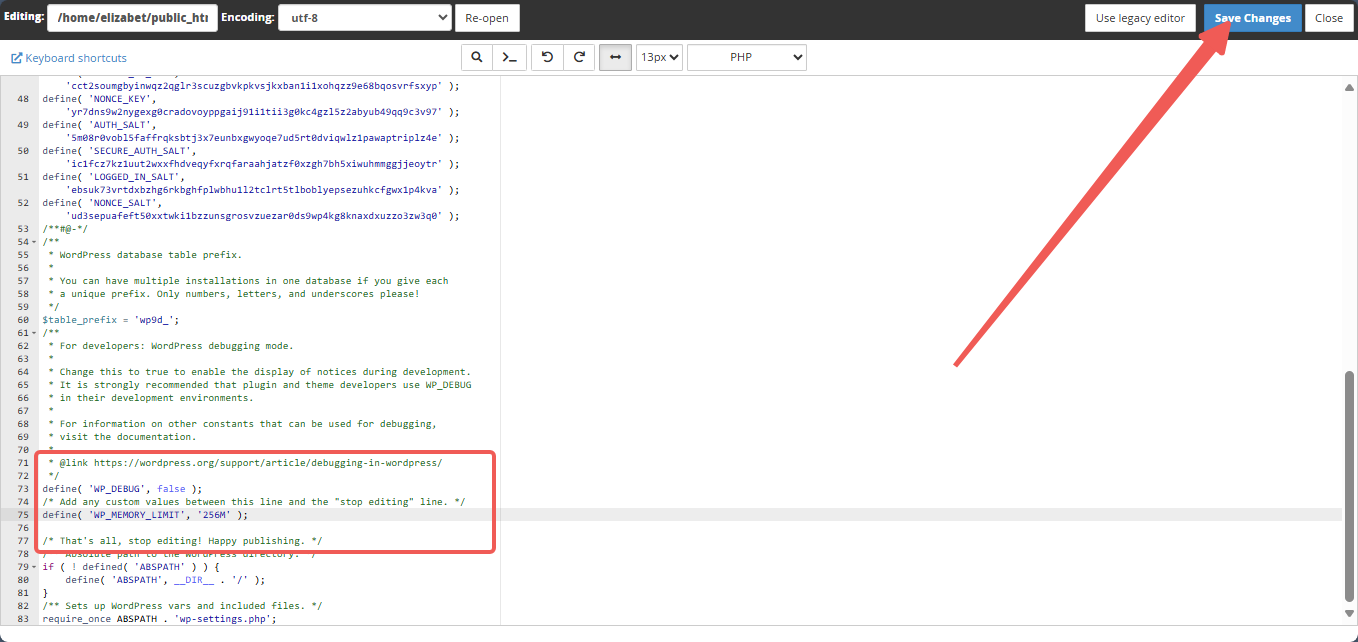
- Save and upload the file back to your server.
This increases the available memory, preventing errors caused by insufficient resources.
6. Scan for Malware
In some cases, malware infections can trigger the critical error, especially if you notice strange PHP scripts or unrecognized files on your site. Since malware can modify core WordPress files, removing it manually can be risky.
If you suspect malware is the cause:
- Use a security plugin like Wordfence or Sucuri to scan your website.
- If you’re locked out of your site, contact your web hosting provider for professional malware removal assistance.
To prevent future issues, always keep regular backups of your website. With a reliable backup, you can quickly recover from unexpected errors and keep your site running smoothly.
If the error persists, consider contacting LyteHosting’s support team for further assistance.




